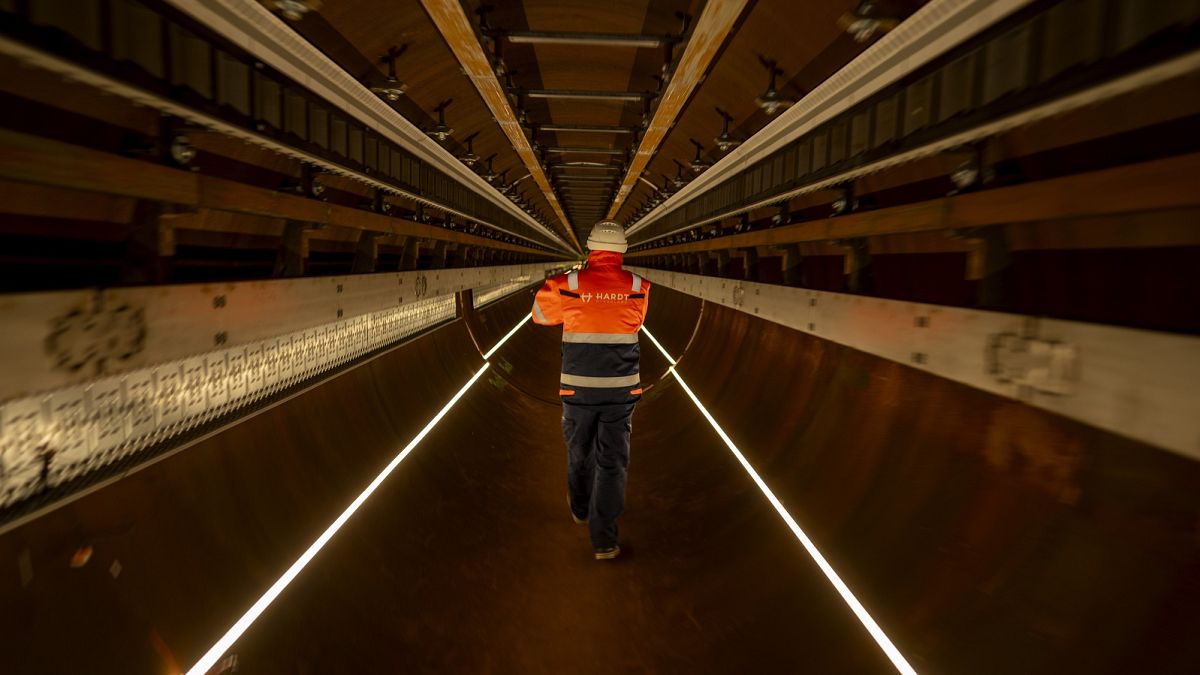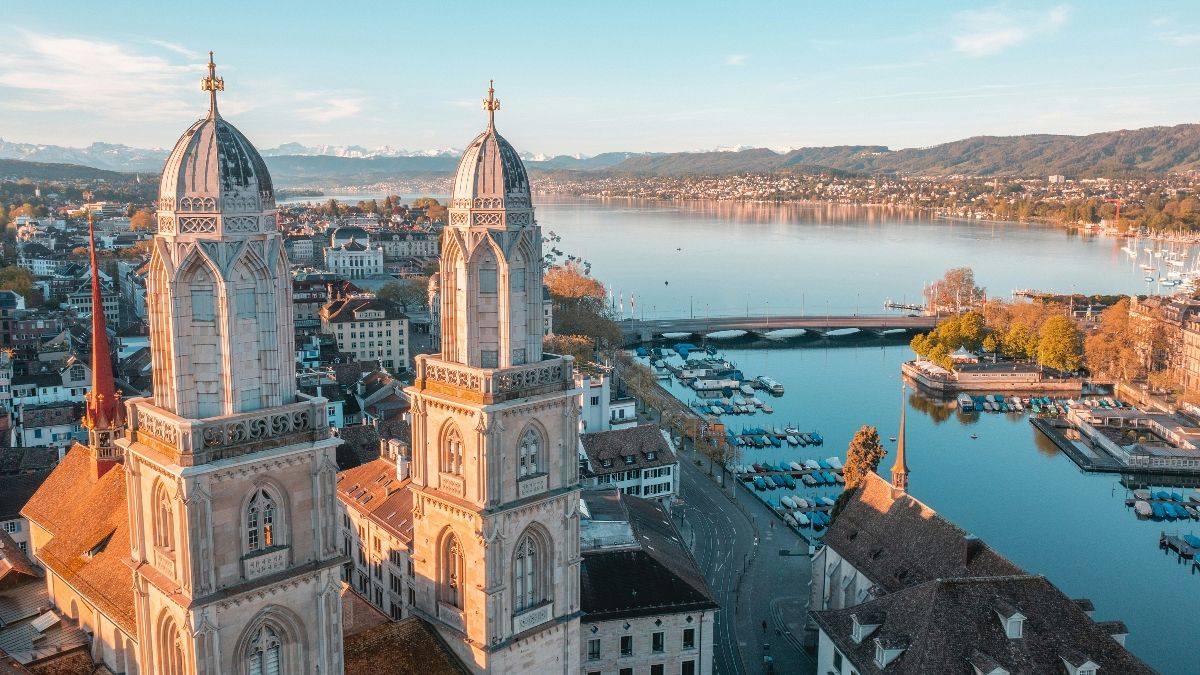Mosques, megaliths and more: Why history lovers should visit Türkiye

Türkiye’s incredible landscapes hold evidence of some of the most ancient civilisations on the planet.
Türkiye’s rich cultural heritage is mirrored in the 21 properties it boasts on the UNESCO World Heritage List. These diverse sites span vast eras and periods, revealing fascinating evidence of ancient civilisations and distinctive architecture, some dating back as far as 9,600 BCE.
Everything from ancient cities to gilded palaces, from first settlements to the oldest known love poem and peace treaty can be found spread across Türkiye’s stunning countryside and cities, its vast size, history and influence commemorated through these protected points of history.
Here are five sites not to miss on your next trip.
1 Göbeklitepe
If you thought Stonehenge or the Pyramids in Giza were old, think again. The collection of megaliths in this historical site in Şanlıurfa is considered to be much older than either of those famed locations – and the oldest of their kind in the world, dating back to 9,600 BCE. This mesmerising neolithic settlement sits perched on a 15-metre-high tell (an artificially created hill) on the Harran Plain in southeastern Türkiye and is composed primarily of circular stone structures lined by T-shaped limestone pillars.
Many of these pillars are decorated with intriguing details such as wild animals and clothing. Four circular structures have been uncovered to date, though it’s believed there are many more, with perhaps 200 pillars at this site alone. Göbeklitepe is part of a 200-km-wide area being excavated as part of the Taş Tepeler project and, in addition to the temples, the remains of domestic buildings, quarries and cisterns lie at the site. These mark some of the earliest evidence of settled humani in the world, reaching back to the Pre-pottery Neolithic period, which began right after the last Ice Age.
2 The ancient city of Ani
The mystical ruins of this extensive mediaeval city loom over a ravine in Northeast Türkiye. Historically, however, Ani was the capital of the medieval (Armenian) kingdom of the Bagratides and boasted an influential position on the Silk Road. With origins stretching back to at least the 5th century, Ani was occupied over the years by a variety of civilisations, including the Byzantines, Safavids and Ottomans, creating a rich cultural mix of languages and religions.
Today, the ruins – which include cathedrals, churches and extensive city walls – provide great insight into the architectural designs of the time, dated between the 7th and 13th centuries CE. A Mongol invasion in 1236 and a devastating earthquake in 1319 contributed significantly to the city’s decline, but a surprising amount of the buildings remain, jutting boldly from the region’s vast highland landscape.
3 The ancient city of Aphrodisias
Made up of two sites – the archaeological remains of the city of Aphrodisias and the marble quarries beyond it – this ancient site in western Anatolia is one of the best-preserved in all of Türkiye. The main temple is estimated to have been built in the 3rd century BCE, while the city surrounding it was constructed nearly a century later.
Visitors can wander through more than 150 hectares of land, weaving between impressive structures such as temples, bath complexes, an agora and a stadium able to seat 30,000 people. Due to the high quality of the area’s pale-coloured and abundant marble, many inscriptions are still legible and sculptures intact. The Aphrodisias Museum boasts a vast swathe of artefacts collected during the site’s excavation and is well worth a visit before departing.
4 The ancient city of Pergamum
Pergamum was an ancient city that, at its height, was a key cultural, religious and trading hub for the Hellenistic Attalid dynasty. Sitting atop a dramatic, cliff-edged mesa, the city – founded in the 3rd century BCE – overlooked the Caicus Plain in Mysia, now northwestern Türkiye, and was one of the seven churches of Asia mentioned in the New Testament Book of Revelation.
The ruins are crowned by the Acropolis of Pergamum, whose architectural remains are described by UNESCO as “an outstanding ensemble of the Hellenistic Period”. Other features include altars, stoas, a library, a gymnasium, a theatre and various temples. Burial mounds and remnants of other civilizations that dominated the area over different periods dot the landscape leading down to the modern-day city of Bergama.
5 Historic areas of İstanbul
İstanbul is a city quite unlike any other. Its unique position on the Bosphorus, straddling the Asia-Europe continental divide, has lent it a nearly unmatched state of cultural significance. Unsurprisingly, it holds a plethora of ancient historic buildings and artefacts, four of which are now designated UNESCO World Heritage Sites.
Any visitor to the city should seek out these incredible regions, which include the Sultanahmet Archaeological Park (featuring the Hagia Sophia, Topkapı Palace and Hippodrome of Constantine), the Zeyrek area (including the Zeyrek Mosque and its surroundings), the Süleymaniye quarter (including the Süleymaniye Mosque complex, bazaars and surrounding settlement) and the distinctive city walls and ramparts (including the remains of the former Blachernae Palace).
Source: Euro News














